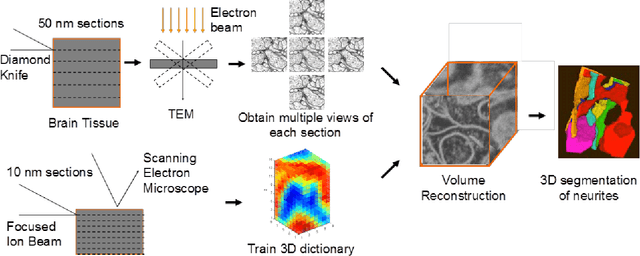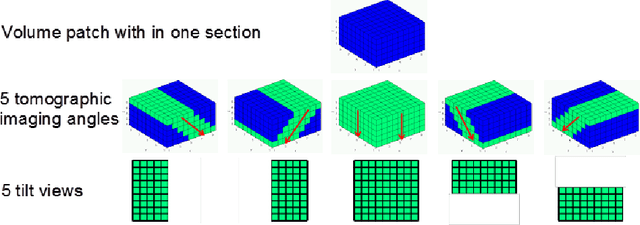Shan Xu
The neural correlates of logical-mathematical symbol systems processing resemble that of spatial cognition more than natural language processing
Jun 20, 2024Abstract:The ability to manipulate logical-mathematical symbols (LMS), encompassing tasks such as calculation, reasoning, and programming, is a cognitive skill arguably unique to humans. Considering the relatively recent emergence of this ability in human evolutionary history, it has been suggested that LMS processing may build upon more fundamental cognitive systems, possibly through neuronal recycling. Previous studies have pinpointed two primary candidates, natural language processing and spatial cognition. Existing comparisons between these domains largely relied on task-level comparison, which may be confounded by task idiosyncrasy. The present study instead compared the neural correlates at the domain level with both automated meta-analysis and synthesized maps based on three representative LMS tasks, reasoning, calculation, and mental programming. Our results revealed a more substantial cortical overlap between LMS processing and spatial cognition, in contrast to language processing. Furthermore, in regions activated by both spatial and language processing, the multivariate activation pattern for LMS processing exhibited greater multivariate similarity to spatial cognition than to language processing. A hierarchical clustering analysis further indicated that typical LMS tasks were indistinguishable from spatial cognition tasks at the neural level, suggesting an inherent connection between these two cognitive processes. Taken together, our findings support the hypothesis that spatial cognition is likely the basis of LMS processing, which may shed light on the limitations of large language models in logical reasoning, particularly those trained exclusively on textual data without explicit emphasis on spatial content.
Super-resolution using Sparse Representations over Learned Dictionaries: Reconstruction of Brain Structure using Electron Microscopy
Oct 01, 2012



Abstract:A central problem in neuroscience is reconstructing neuronal circuits on the synapse level. Due to a wide range of scales in brain architecture such reconstruction requires imaging that is both high-resolution and high-throughput. Existing electron microscopy (EM) techniques possess required resolution in the lateral plane and either high-throughput or high depth resolution but not both. Here, we exploit recent advances in unsupervised learning and signal processing to obtain high depth-resolution EM images computationally without sacrificing throughput. First, we show that the brain tissue can be represented as a sparse linear combination of localized basis functions that are learned using high-resolution datasets. We then develop compressive sensing-inspired techniques that can reconstruct the brain tissue from very few (typically 5) tomographic views of each section. This enables tracing of neuronal processes and, hence, high throughput reconstruction of neural circuits on the level of individual synapses.
 Add to Chrome
Add to Chrome Add to Firefox
Add to Firefox Add to Edge
Add to Edge